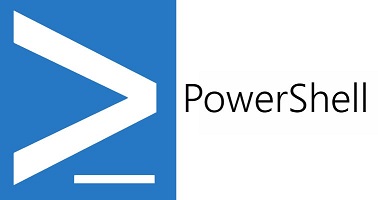PowerShell modules are packages of reusable code that provide a set of related cmdlets, functions, variables, and other resources. Modules can be used to extend the functionality of PowerShell by adding new capabilities or enhancing existing ones.
To use a PowerShell module, you must first import it into your PowerShell session using the Import-Module cmdlet. Once a module is imported, you can use its cmdlets, functions, and other resources in your PowerShell session.
Here are some examples of using PowerShell modules:
- Active Directory module
The Active Directory module provides a set of cmdlets for managing user accounts, group memberships, and other objects in an Active Directory domain. To use the Active Directory module, you must first import it into your PowerShell session using the Import-Module ActiveDirectory cmdlet.
Here’s an example of using the Active Directory module to create a new user account:
Import-Module ActiveDirectory
New-ADUser -Name "John Doe" -SamAccountName "jdoe" -AccountPassword (ConvertTo-SecureString "P@ssword1" -AsPlainText -Force) -Enabled $true
This command imports the Active Directory module and uses the New-ADUser cmdlet to create a new user account named “John Doe” with a login name of “jdoe” and a password of “P@ssword1”. The -Enabled $true parameter specifies that the account should be enabled.
- Exchange module
The Exchange module provides a set of cmdlets for managing mailboxes, distribution groups, and other objects in an Exchange Server environment. To use the Exchange module, you must first import it into your PowerShell session using the Import-Module Exchange cmdlet.
Here’s an example of using the Exchange module to create a new mailbox:
Import-Module Exchange
New-Mailbox -UserPrincipalName jdoe@contoso.com -Alias jdoe -Database "Mailbox Database 01"
This command imports the Exchange module and uses the New-Mailbox cmdlet to create a new mailbox for the user with the email address jdoe@contoso.com. The -Alias jdoe parameter specifies the mailbox alias, and the -Database "Mailbox Database 01" parameter specifies the mailbox database to use.
- SQL Server module
The SQL Server module provides a set of cmdlets for managing SQL Server instances and databases. To use the SQL Server module, you must first import it into your PowerShell session using the Import-Module SqlServer cmdlet.
Here’s an example of using the SQL Server module to create a new database:
Import-Module SqlServer
New-DbaDatabase -SqlInstance localhost -DatabaseName "MyDatabase" -Collation "SQL_Latin1_General_CP1_CI_AS"
This command imports the SQL Server module and uses the New-DbaDatabase cmdlet to create a new database named “MyDatabase” with the specified collation. The -SqlInstance localhost parameter specifies the SQL Server instance to use.
In summary, PowerShell modules are a powerful toolset for extending the functionality of PowerShell by providing a set of related cmdlets, functions, and other resources. By importing modules into your PowerShell session, you can automate administrative tasks and streamline your workflow across a variety of technologies and systems.
